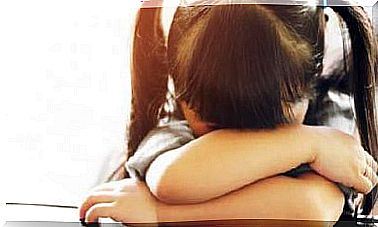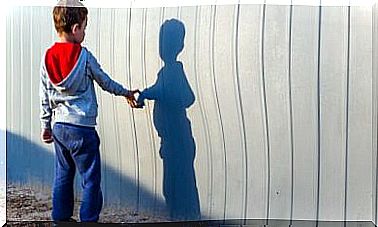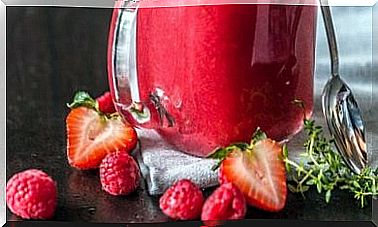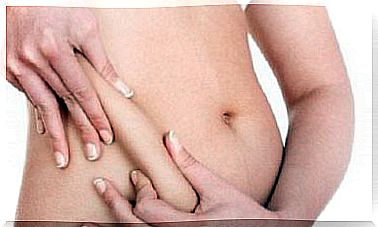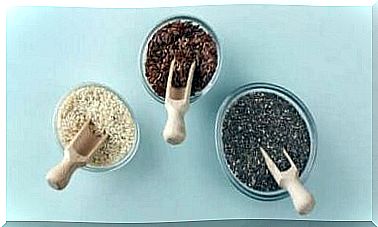Blood Group: Donating And Receiving Blood
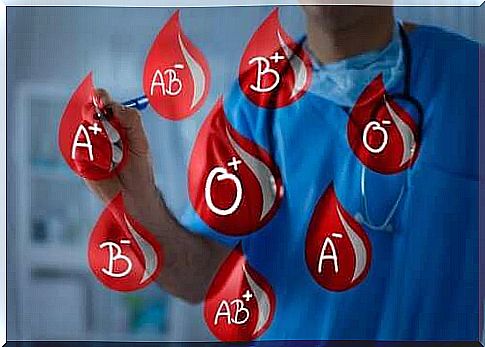
People with a blood type of 0 RhD- are the famous “universal donors”. They are called so because their blood type is compatible with everyone else. That is why this group of blood is needed most in hospitals.
You need to know your blood type, also known as blood type. There are four major blood groups: A, B, 0, and AB, which are determined by the presence or absence of specific proteins on the surface of red blood cells, or blood cells.
The blood type is important information, because seeing what we have, we also know to whom we can donate our blood and from whom we can receive it.
In addition, each person is also RhD positive or RhD negative, depending on the presence or absence of another antigen or protein in the red blood cells.
As we have already pointed out, knowing your own blood group is very important if you want to donate, for example. Besides, you need to know your blood type if you find yourself in an unexpected situation and need a blood transfusion. Thanks to this, doctors will be able to give you the blood type you have.
Blood group: donating and receiving blood
Below we take a closer look at the characteristics of the different blood groups.
A positive (A RhD +)
Group A positive is one of the most common blood groups. One in three people has blood type A RhD +. In other words, it affects 35.7% of the population.
People with blood group A Rhd + can donate blood both for people with the same blood group and for people with blood group AB positive. This is because they have the same type of protein, so the body won’t attack the new cells and consider them as its own.
In the case of transfusion individuals with blood group A may receive RhD + blood groups A and O. Donors with this blood group are encouraged to donate whole blood and platelets.
A negative (A RhD-)
In this case, the percentage of people with blood group A RhD- drops to 6.3%. This means that only 1 in 16 people in the entire population have this blood type.
Such people can be donors for people with the following blood groups:
- A RhD-
- And RhD +
- AB RhD +
- AB RhD-
However, they can only receive blood from people with blood group A RhD- or 0 RhD-. Donors with this blood group are encouraged to donate whole blood and to donate red blood cells twice.
B positive (B RhD +)
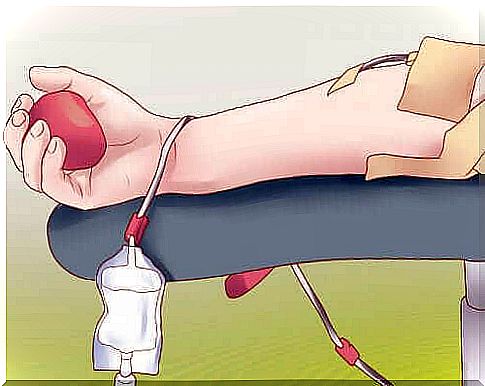
Blood group B RhD + has 8.5% of the population, or 1 in 12 people. Donors with blood group B RhD + can donate blood to people with blood group B RhD + and AB RhD +. In turn, they themselves can receive blood from people with group B or 0.
Donors with blood group B RhD + should donate primarily whole blood and double donations of concentrated red blood cells.
B negative (B RhD-)
This type of blood group is extremely rare. Only 1 in 67 people have it, or 1.5% of the general population.
People with blood group B negative can donate blood to people with blood group B positive, B negative, AB positive and AB negative. As with the previous group, they can only take blood from people with the same blood group or 0 RhD-.
As for donations, we suggest that people with blood group B negative donate whole blood or platelets.
0 positive (0 RhD +)
Here is the blood group that is more common than group A RhD +. It is the most common variety with 37.4% of the population.
People with blood group 0 RhD + can donate blood to people with all blood groups positive. However, they can only receive blood from people with the blood group 0 RhD- or 0 RhD +. Donors with this blood group are encouraged to double donate red cell concentrate and donate whole blood.
0 negative (0 RhD-)
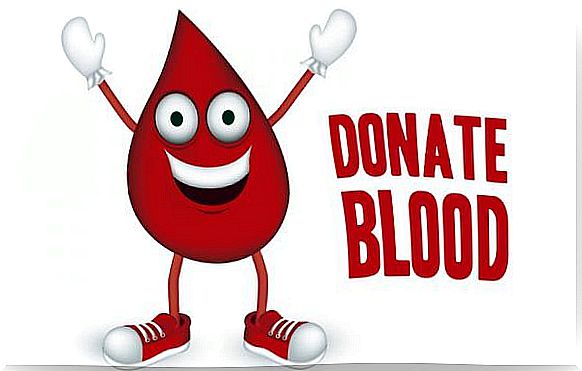
These are famous universal donors. They are called so because they are compatible with all blood types. No wonder that this blood type is most needed in hospitals.
Blood group 0 Rhd- has 6.6% of the population, or 1 in 15 people.
While they can donate blood to anyone, they can only take blood from people with the same blood type. Specialists encourage such people to donate red blood cells twice and donate whole blood.
AB positive (AB RhD +)
AB RhD + blood group is one of the rarest blood groups. Only 1 in 29 people have it, which translates into 3.4% of the global population.
Unlike people with blood group 0 RhD-, AB RhD + blood donors can only donate blood to AB RhD + recipients, but can receive any blood type, making them universal recipients.
AB negative (AB RhD-)
The rarest of all blood groups. Only 0.6% of the population has it. People with blood group AB RhD- can donate blood for people with blood group AB RhD- and AB RhD + and receive blood from all people with negative blood groups.
AB RhD- blood donors are encouraged to donate platelets and plasma.

